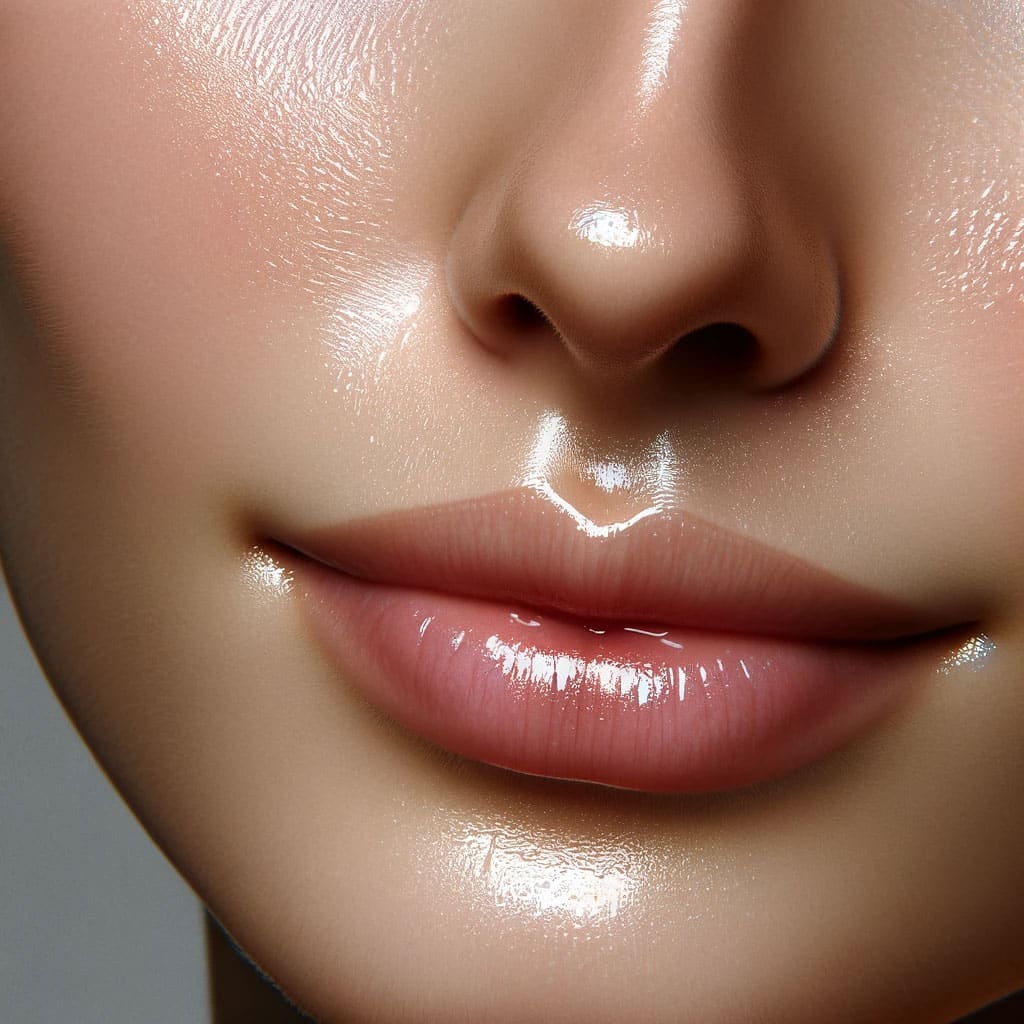Sebum: a word often associated with oily skin and acne, but what exactly is it, and how does it contribute to one of the most common skin conditions worldwide?
In our comprehensive article, we delve into the science of sebum, the natural oil produced by our skin. We explore its vital role in maintaining skin health and the delicate balance that, when disrupted, can lead to the development of acne.
This piece not only demystifies the composition and function of sebum but also examines how lifestyle, diet, and genetic factors can influence its production.
By understanding the complex relationship between sebum and acne, readers can gain insights into effective prevention and treatment strategies, paving the way for clearer, healthier skin.
Understanding Sebum and Acne
Sebum plays a crucial role in maintaining healthy skin, but its overproduction can lead to acne. This section addresses the dualistic nature of sebum concerning skin health and the occurrence of acne.

Role of Sebum in Skin Health
Sebum, an oily substance produced by sebaceous glands, is essential for maintaining skin hydration and integrity. It comprises lipids, such as squalene, and helps moisturize the skin’s surface, forming a protective barrier against environmental stressors. The correct amount of sebum on the skin aids in preventing dryness and provides a healthy sheen.
Acne: Causes and Symptoms
Acne stems from the complex interplay of hormones, sebum production, and the activity of bacteria within the hair follicle. Hormonal changes, especially during puberty, can trigger an increase in sebum production, often resulting in clogged pores and inflammation. This process can manifest as pimples, blackheads, and other forms of acne, alongside symptoms like redness and swelling.
Factors Influencing Sebum Production
The production of sebum can vary based on several internal and external factors, such as hormonal changes, age, diet, and lifestyle. Understanding these factors can inform effective management strategies for individuals dealing with sebum-related skin issues such as acne.
Hormonal Influence and Age
Hormonal fluctuations have a significant impact on sebum production. Androgens, including testosterone, can stimulate oil glands to produce more sebum during puberty, which often leads to acne. These hormone levels may also fluctuate during other life stages, such as pregnancy, affecting sebum levels.
Additionally, with advancing age, the activity of the sebaceous glands typically decreases, which can lead to drier skin.

Diet and Lifestyle Choices
Various lifestyle choices can influence sebum production. A diet high in certain foods, like dairy products or foods with a high glycemic index, may increase sebum production and exacerbate acne in some individuals.
Stress can also elevate hormone levels such as cortisol, indirectly boosting oil production.
External factors, including frequent use of hot water and harsh skin cleansers, as well as consumption of alcohol or chocolate, might contribute to changes in sebum levels. However, the relationship is less clear and may vary from person to person.

Treating and Managing Acne
Effective acne treatment requires a comprehensive strategy that includes both medication and proper skincare. The goal is to reduce sebum production, limit bacterial growth, encourage the shedding of skin cells to unclog pores, and combat inflammation.
Medical and Topical Treatments
For individuals with severe acne, a doctor or dermatologist may prescribe medical treatments. These include oral antibiotics to reduce skin bacteria and inflammation and isotretinoin for deep cystic acne.
Topical treatments commonly contain active agents like benzoyl peroxide, which kills bacteria and reduces oil production, or retinoids which help unclog pores. Other topicals might include salicylic acid, known for its ability to exfoliate the skin and keep pores clear.
Skin Care and Preventive Measures
Preventive skin care measures are essential in managing acne. Daily cleansing with gentle cleansers helps remove excess sebum and bacteria, while non-comedogenic moisturizers maintain hydration without clogging pores.
Regular use of over-the-counter products containing benzoyl peroxide or salicylic acid can prevent the formation of comedones (blackheads and whiteheads).
For persistent acne, therapies like light therapy or chemical peels might be recommended by healthcare professionals. These procedures can reduce bacteria, and oil production, and improve the appearance of scars.

